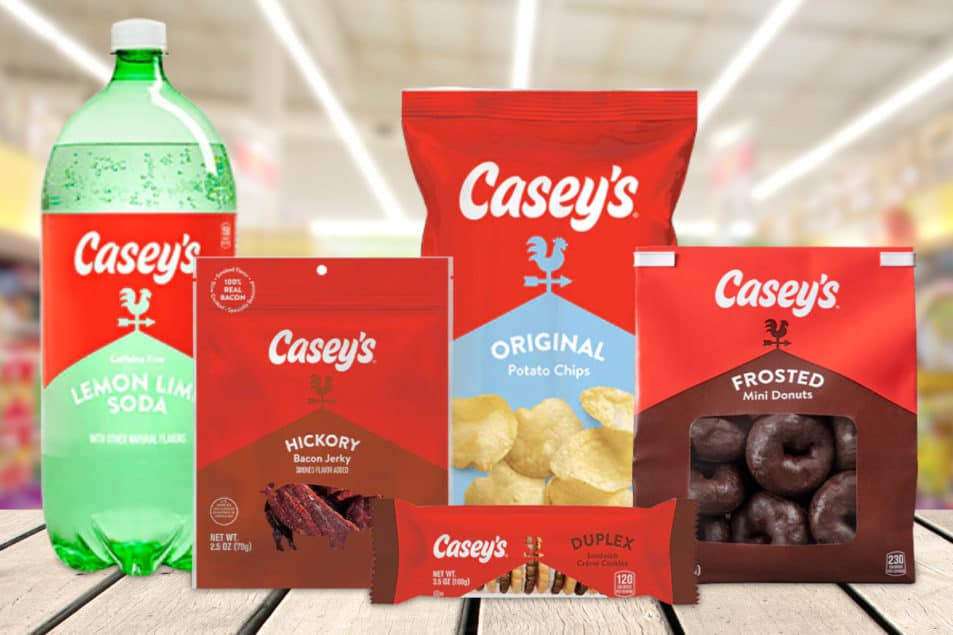Inflation Drives Consumers to Retailers’ Dealer Brands

This article in the New York Times (requires subscription, but I am thinking most faculty have access through subscription or their university) describes the growth of private labels, what we call dealer brands in Essentials of Marketing. Customers, facing rising snack prices and inflation, are turning to private-label food options. This article offers examples from convenience stores like Casey’s General Stores (private-labels are not usually seen in these stores), grocery chain Wegmans (which carries some premium priced private-labels), and Walmart. Previously, mainstream brands like Lay’s dominated sales, but increasing costs have made Casey’s less-expensive store brands more appealing. This shift is evident across various food categories. For instance, private-label foods now constitute 20.6% of grocery sales, up from 18.7% before the pandemic.
Inflation pressures, especially among lower-income families, contribute significantly to this trend. Many are looking for more affordable grocery options, as noted by the 4% rise in those purchasing cheaper products, particularly among households with incomes below $100,000. Big food brands are responding with occasional sale prices to retain market share.
Private labels are also benefiting from improved quality perceptions, with many consumers praising their favorite store brand products on platforms like TikTok and Reddit. Retailers are capitalizing on this, offering both budget-friendly alternatives and unique products to stand out. Stores like Casey’s have ventured into creating unique flavors and products, often positioning them as affordable alternatives to pricier national brands.
How you can use this article in your marketing class
Here are a few ways this article might supplement your introductory marketing course.
- Private Labeling Discussion: (Chapter 8) Introduce the concept of private-label brands and how they can compete with established brands. Discuss why businesses might want to develop private labels and the benefits and challenges associated with them.
- Consumer Behavior Analysis: (Chapter 5) Examine how changes in the economy, like inflation, can impact consumer buying habits. Discuss the role of perceived value and how it can shift consumer loyalty from established brands to store brands.
- Pricing Strategy: (Chapter 17) Use the article to illustrate the importance of pricing in influencing consumer choices. Discuss the balance between product quality and price and how it can affect the market share.
- Brand Loyalty: (Chapters 5, 8) Delve into the concept of brand loyalty, highlighting how and why consumers might shift from national brands to store brands. Discuss the conditions under which brand loyalty might be tested.
- Impact of Social Media: (Chapter 16) Highlight the role of platforms like TikTok and Reddit in shaping consumer opinions and preferences. Discuss how marketing strategies should evolve with the changing dynamics of digital influence.
- Promotion Strategies: (Chapter 15) Analyze the reactions of big brands, like offering discounts or promotions, to regain market share. Discuss the effectiveness of such strategies in a competitive market.
Using this article as a foundation, instructors can create a multifaceted discussion on various essential concepts in marketing, offering students a real-world perspective.
